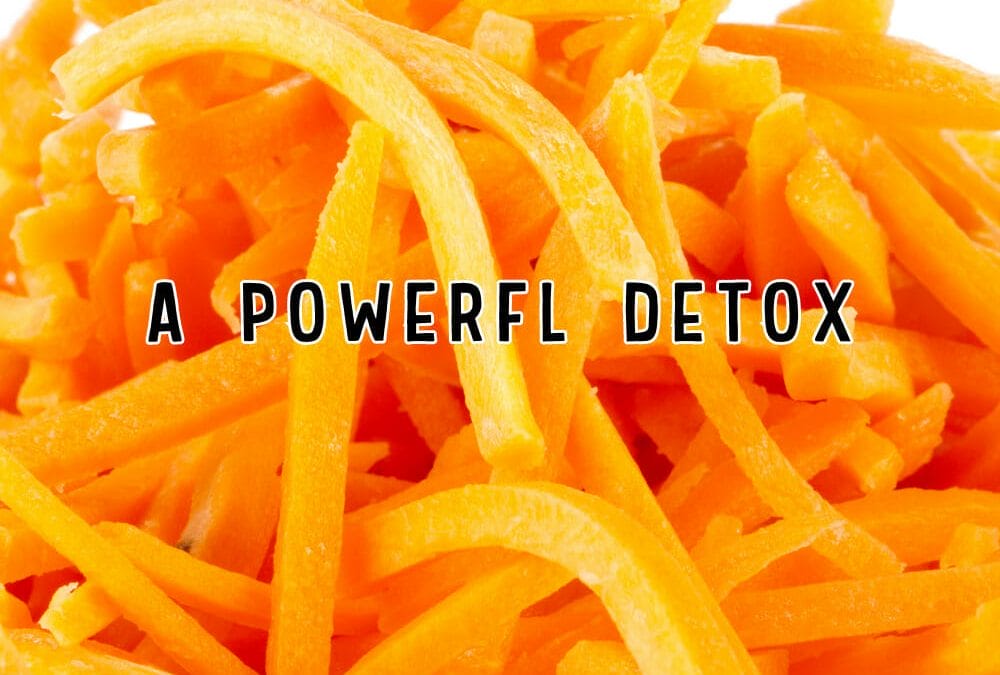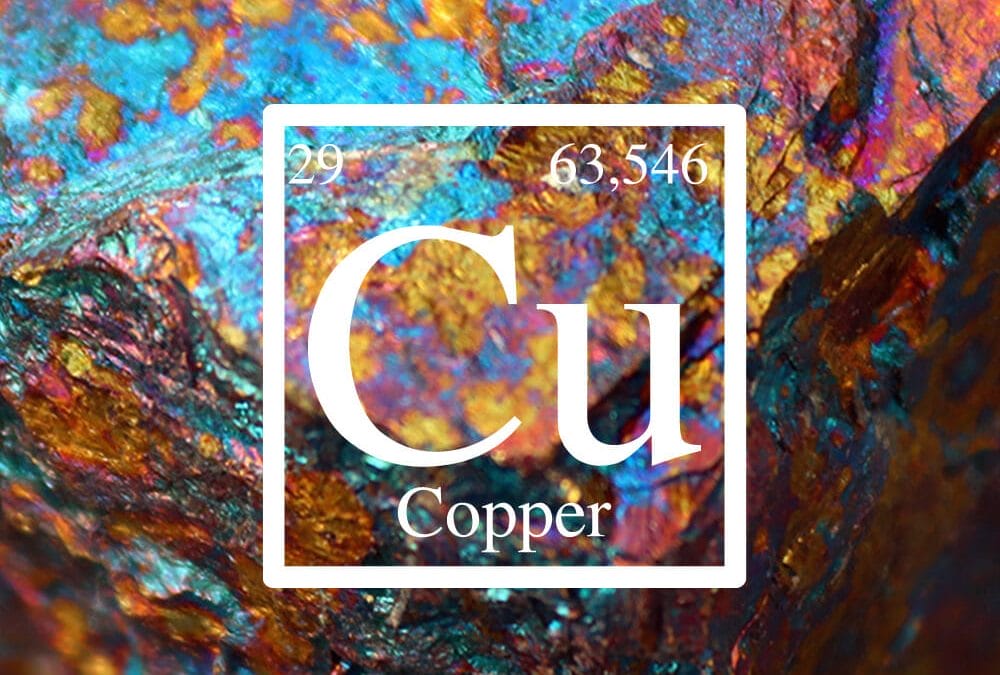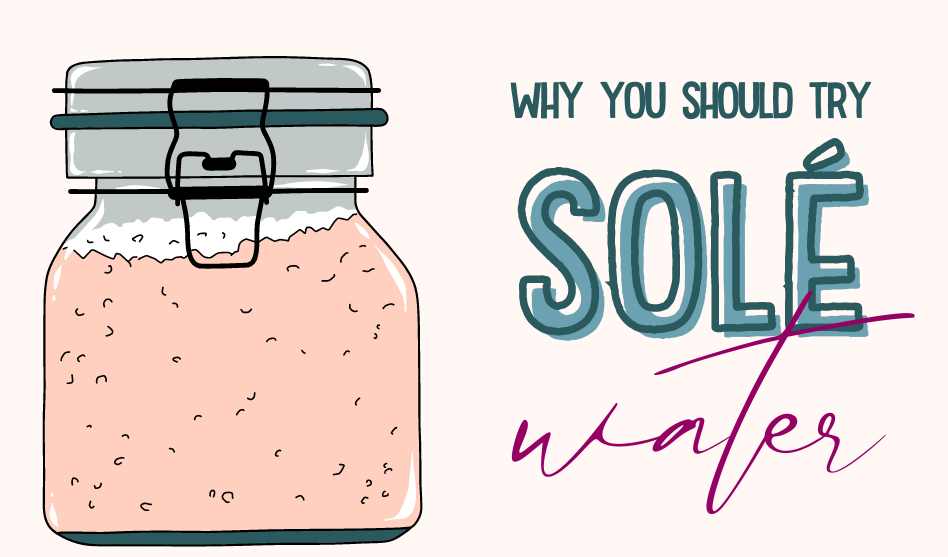
The Power of Carrot Salad
The Power of Carrot Salad: Daily Dose of Wellness Inspired by Ray Peat’s Research
Carrots aren’t just for rabbits anymore! These vibrant, crunchy veggies are a nutritional powerhouse, and according to Ray Peat’s research, adding a daily carrot salad to your diet can work wonders for your health. Let’s explore the many benefits of this colorful superfood and learn how to incorporate it into your daily routine.
Carrots: A Nutritional Powerhouse
Carrots are chock-full of essential vitamins and minerals, such as:
- Vitamin A (in the form of beta-carotene): Supports healthy eyes, skin, and immune system
- Vitamin K1: Promotes blood clotting and bone health
- Biotin: Essential for healthy hair, skin, and nails
- Vitamin C: Boosts the immune system and supports collagen production
- Potassium: Helps regulate blood pressure and supports proper muscle function
Ray Peat’s Carrot Salad: A Recipe for Better Health
Ray Peat, a respected biochemist and researcher, emphasizes the importance of incorporating a daily carrot salad into one’s diet. According to his research, this simple dietary addition can offer numerous health benefits, including:
- Improved digestion: Carrots are rich in fiber, which helps promote regular bowel movements and prevents constipation.
- Detoxification: Carrots contain unique phytonutrients that help detoxify the liver and support the body’s natural detoxification of endotoxins.
- Hormone balance: Carrots may assist in the removal of excess estrogen from the body, promoting hormonal balance and reducing the risk of hormone-related health issues.
- Anti-inflammatory properties: The antioxidants found in carrots can help reduce inflammation throughout the body, potentially lowering the risk of chronic diseases.
- Enhanced immunity: The high vitamin content in carrots can give your immune system a much-needed boost, helping you stay healthy and ward off illnesses.
Preparing Your Daily Carrot Salad
There are countless ways to enjoy a carrot salad, so go ahead and get creative! Here are some ideas to get you started:
- Grate a medium-sized carrot and toss it with a squeeze of lemon or lime juice, a drizzle of extra virgin olive oil, or MCT oil and a pinch of salt.
- Experiment with different herbs and spices, such as chopped parsley, cilantro, mint, or a dash of cumin, for a flavorful twist.
- Add a handful of raisins or dried cranberries for some natural sweetness and an extra dose of antioxidants.
Recommended Serving Size and Considerations
A daily serving of carrot salad can easily be incorporated into a well-balanced diet. Aim for about one cup of grated carrots per day, which equates to approximately one medium-sized carrot.
Keep in mind that while carrots are generally safe and healthy for most people, it’s essential to listen to your body and consult with a healthcare professional if you have any concerns or specific dietary needs. For instance, individuals with certain health conditions, such as kidney disease, may need to monitor their potassium intake and should consult their doctor before making significant changes to their diet.
In Conclusion: Embrace the Carrot Craze!
Adding a daily carrot salad to your diet is a simple yet powerful way to boost your health and wellness. With their impressive nutritional profile and numerous health benefits backed by Ray Peat’s research, there’s no reason not to give this delicious superfood a try. So go ahead, crunch your way to better health, and enjoy the vibrant, tasty goodness of a daily carrot salad!







